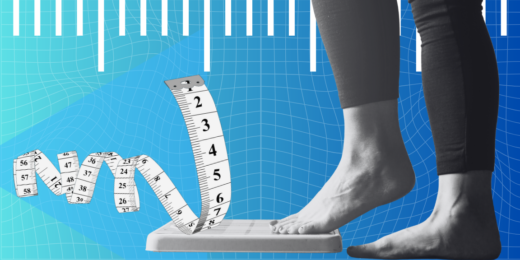When doctors ask, women scheduled for Cesarean sections know in advance whether they will need low, medium or high levels of pain medication, and are happier with their pain management experience if given a choice about it, a recent Stanford study has found.
"It makes sense: You know your body and have had previous pain experiences," said Brendan Carvalho, MD, an obstetric anesthesiologist at Stanford and the lead author of the work, which was published in Regional Anesthesia & Pain Medicine. "Instead of physicians trying to predict what the patient will need, this study says we should get the middleman out and let the patient decide."
The research reflects a big shift from what anesthesiologists have traditionally done to control pain during and after a C-section. Barring medication allergies, every woman coming to a hospital for a C-section usually gets the same anesthetic and postoperative painkillers -- an approach that is typical for patients having other surgeries, too.
"It's a very paternalistic approach toward pain management, and that's how it's existed for a long, long time," Carvalho said.
Before the current standardized approach was instituted, doctors used their personal judgment to plan anesthesia, with variation between physicians. The shift to a uniform, evidence-based standard protocol was better than having each doctor do something different, but it doesn't account for individual patient needs.
In the study of 160 participants who were scheduled to have C-sections, women were randomly assigned to "choice" or "no-choice" groups for their plan for pain management during surgery and in the following 48 hours. The 40 women in the "no-choice" group got the standard pain-management protocol, while the 120 women in the "choice" group specified whether they wanted "medium" pain management -- the same as the current standard -- or lower or higher doses of pain medication.
In the "choice" group, 18 percent chose the low level of pain management, 68 percent chose the medium level and 14 percent chose the high level of pain management.
The researchers asked study participants in the "choice" group why they sorted themselves into their chosen groups. Women who picked the lowest doses of pain medication were concerned about side effects from opioids, such as itching and nausea. Women who chose the highest doses said they knew they needed more pain relief, and their predictions were correct. Regardless of which level of medication they had picked, these women were more satisfied with their pain relief plan than those in the "no-choice" group.
The results, which are consistent with earlier work by the same team, suggest that more studies are called for to test how to accommodate patients' self-reported pain-relief needs, Carvalho said. Patients' preferences must always be balanced with safety concerns, such as the potential need for more respiratory monitoring in patients who get higher doses of opioids, he said.
Carvalho and his colleagues have also shown that asking patients how much pain they expect and how much pain medication they'll need predicts actual pain-relief needs better than other sophisticated psychological tests.
"We need to talk to patients, give them choices and listen to what they say," Carvalho said. "If they want a low dose of pain medications, they're probably worried about side effects, and if they're asking for more pain medication, they are telling you that they likely will require more."
Photo by Ian D. Keating




